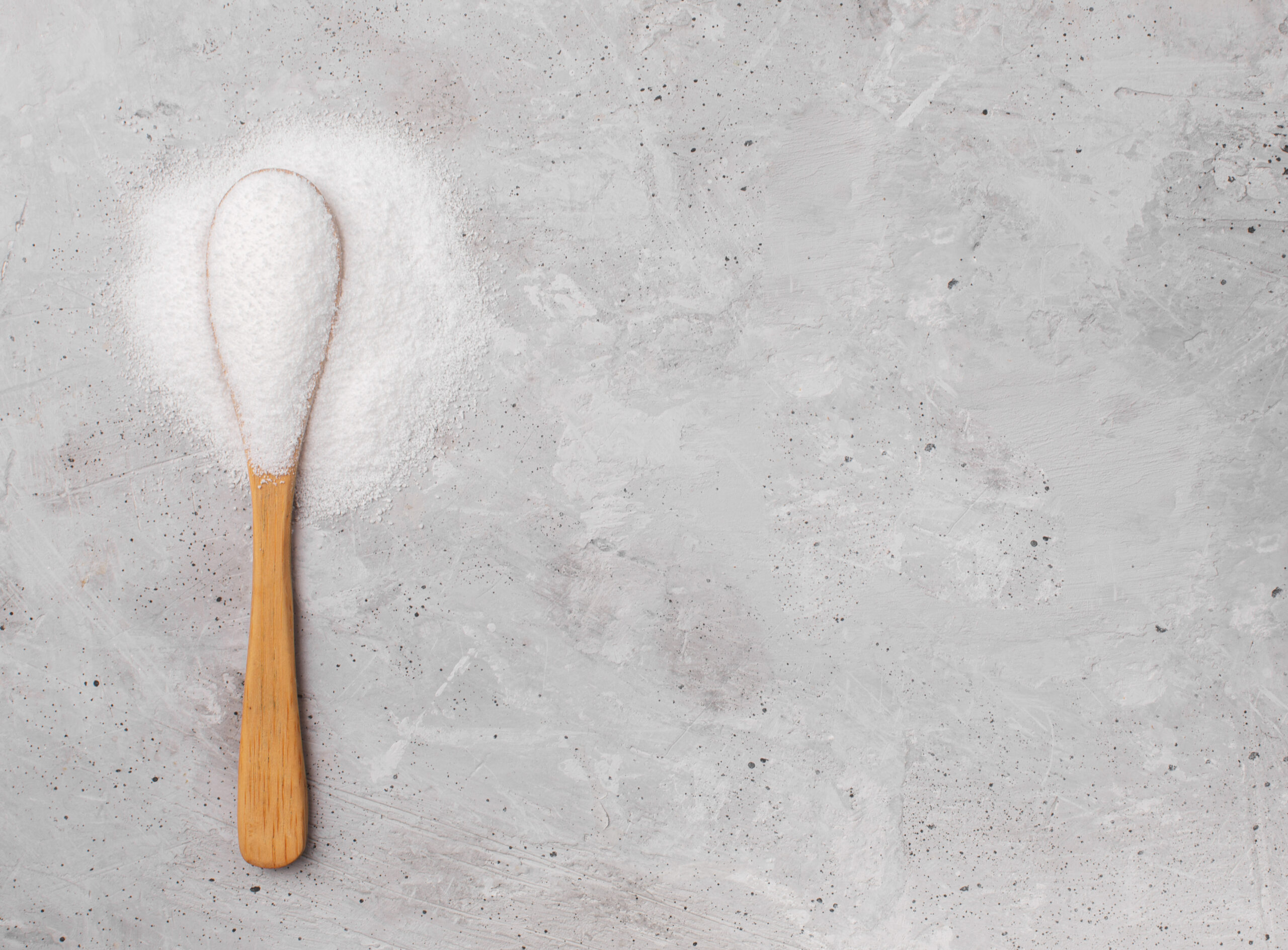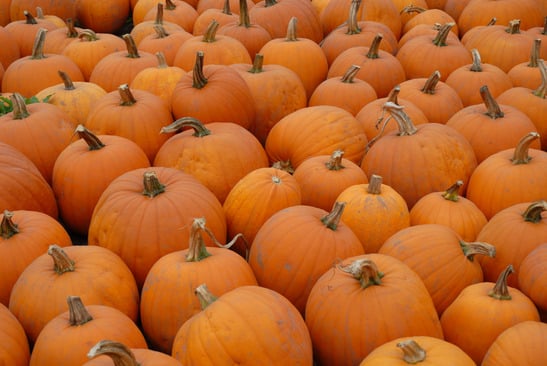Acesulfame KAcesulfame potassium is a non-caloric sweetener with a clean, quickly perceptible sweet taste. Its excellent stability under high temperatures and good solubility make acesulfame potassium suitable for numerous products. |
AdvantameAdvantame is a new ultrahigh potency sweetener and flavor enhancer developed by Ajinomoto. It is derived from aspartame and vanillin. Advantame is approximately 20,000 times sweeter than sugar and 100 times sweeter than aspartame. It has zero calories and a clean, sweet, sugar-like taste with no undesirable taste characteristics. Suitable for most low- and non-calorie product formulations, it can be used in cooking and baking. Advantame gives food and drink manufacturers a new sweetening alternative to meet consumer demand for more low-calorie foods and beverages. |
AlluloseIn 2015, food and beverage manufacturing companies gained another sweetener choice for lower calorie formulations: allulose. Because it is a low calorie sugar, allulose offers the taste and texture of sugar but with 90 percent fewer calories than full caloric sugar. |
AspartameDiscovered in 1965, aspartame is a low-calorie sweetener with a sugar-like taste but is approximately 200 times sweeter than sucrose. Aspartame is unique among low-calorie sweeteners in that it is completely broken down by the body to its components – the amino acids, aspartic acid and phenylalanine, and a small amount of methanol. These components are found in much greater amounts in common foods, such as meat, milk, fruits, and vegetables, and are used in the body in the same ways whether they come from aspartame or common foods. |
CyclamateCyclamate, discovered in 1937, is a non-caloric sweetener approximately 30 times as sweet as sucrose. Like other low-calorie sweeteners, cyclamate is of benefit to those seeking to control weight, manage diabetes, or help prevent tooth decay. Cyclamates, whether in the form of sodium cyclamate or calcium cyclamate, are stable and soluble. Cyclamate is used as a tabletop sweetener, in diet beverages, and in other low-calorie foods. In addition, cyclamate is useful as a flavor enhancer. Cyclamate’s heat stability, high order of sweetness and other technological advantages also make it a good flavoring agent for many pharmaceutical preparations and toiletries. |
Monk FruitMonk fruit or lo han guo is grown in the valleys and foothills of sub-tropical Asia. The fruit grows on vines and is about the size of an orange or large lemon. The fruit extract, also generally referred to as monk fruit or lo han guo, is about 200 times sweeter than sugar and is a natural zero-calorie sweetener. |
NeotameNeotame is a no-calorie sweetener, which is a derivative of the dipeptide composed of the amino acids, aspartic acid and phenylalanine. The components of neotame are joined together to form a uniquely sweet ingredient. |
SteviaDerived from Stevia rebaudiana, a South American plant, stevia has been used for centuries to sweeten beverages and make tea in the plant’s native Paraguay. The word, “stevia” refers to many components of the stevia plant. Rebaudioside A is one compound within the stevia plant that provides sweetness. In the U.S., Rebaudioside A is Generally Recognized As Safe (GRAS) for use as a general-purpose sweetener in foods, excluding meat and poultry products. |
SucraloseSucralose is the only non-caloric sweetener made from sugar. Its unique combination of sugar-like taste and excellent stability allow sucralose to be used as a replacement for sugar in virtually every type of food and beverage, including in home cooking and baking. |









